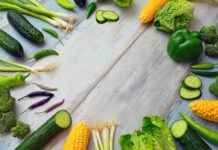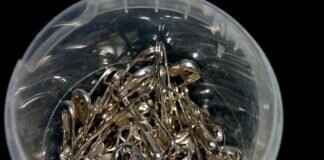Chia seeds have gained immense popularity due to their numerous health benefits, making them a sought-after addition to many diets. This article explores the essential steps and tips for growing chia seeds, covering everything from planting to harvesting, ensuring you can cultivate your own chia supply successfully.
Chia seeds are tiny, nutrient-dense seeds that are rich in omega-3 fatty acids, fiber, protein, and antioxidants. These tiny powerhouses can help improve heart health, support digestion, and provide sustained energy. Understanding their health benefits can motivate you to grow them at home.
Selecting the perfect location is crucial for growing chia seeds. They thrive in warm, sunny spots with well-drained soil. A location that receives at least 6 hours of sunlight daily will significantly enhance growth. Consider areas that are sheltered from strong winds to protect your plants.
Chia seeds require well-draining, nutrient-rich soil to flourish. The ideal soil should have a pH level between 6.0 and 8.0. To improve soil quality, consider mixing in organic compost or well-rotted manure, which not only enhances nutrient content but also improves drainage.
The best time to plant chia seeds is during the warm months, typically from late spring to early summer. Chia seeds prefer temperatures between 70°F and 85°F (21°C to 29°C). Planting at the right time can enhance your success rate and yield.
- Prepare the Soil: Ensure the soil is loose and well-aerated.
- Seed Preparation: Soak chia seeds in water for a few hours before planting to encourage germination.
- Planting: Scatter the seeds on the soil surface and lightly cover them with soil.
- Watering: Water gently to avoid washing away the seeds.
Watering is vital for chia plant health. Chia plants require consistent moisture, especially during the germination phase. However, it’s essential to avoid overwatering, which can lead to root rot. A good rule of thumb is to water when the top inch of soil feels dry.
Chia plants can face various pests such as aphids and whiteflies. Regularly inspecting your plants can help identify these threats early. Implementing natural pest control methods, such as introducing beneficial insects like ladybugs, can effectively manage infestations.
Harvesting chia seeds at the right time is essential for maximizing yield. The plants are typically ready for harvest when the flowers turn brown and the seed pods begin to dry. Gently shake the plants to release the seeds, and collect them in a clean container.
Proper storage of harvested chia seeds is vital for maintaining their freshness and nutritional value. Store the seeds in a cool, dry place in an airtight container. This will help prevent moisture and pests from compromising your harvest.
Growing chia seeds indoors is possible with the right conditions. Ensure your indoor space receives adequate sunlight or use grow lights. Additionally, maintaining humidity levels and consistent watering will support healthy growth. Indoor gardening can be a rewarding experience, bringing the benefits of chia seeds right to your home.
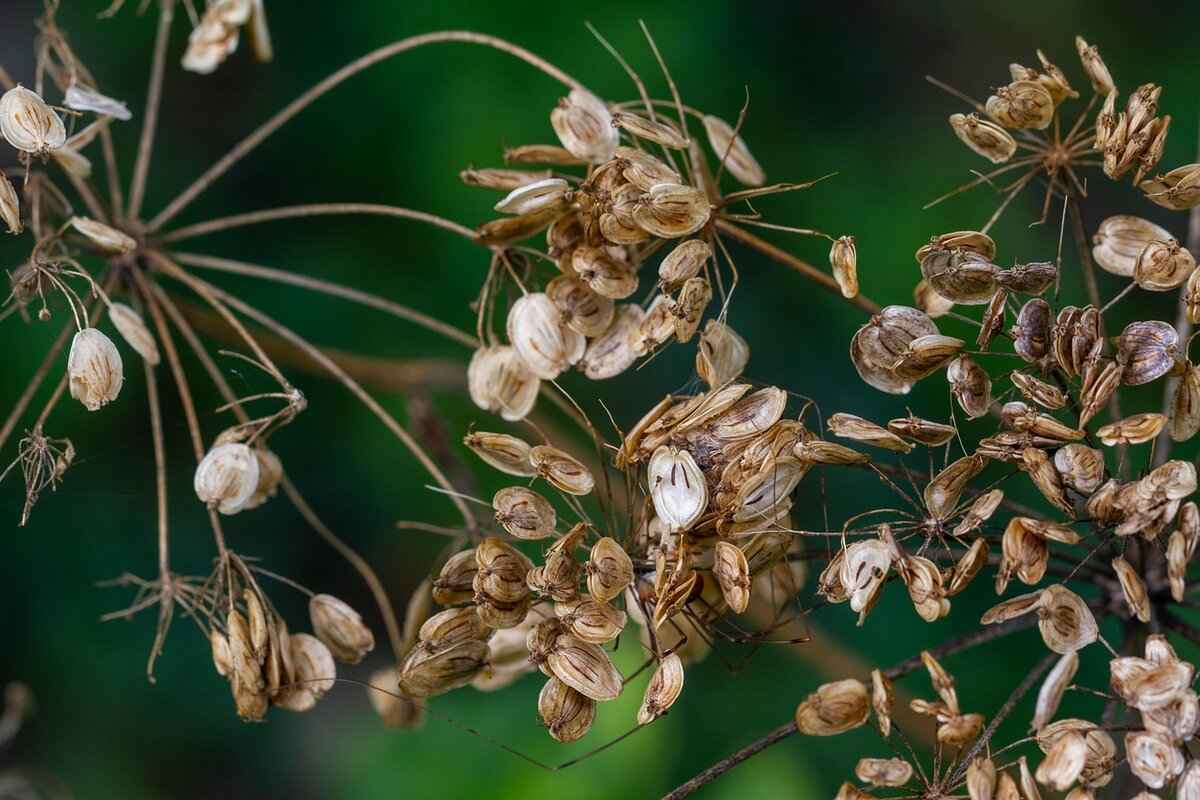
What Are Chia Seeds and Their Benefits?
Chia seeds, derived from the Salvia hispanica plant, have gained immense popularity in the health and wellness community. These tiny seeds, often referred to as a “superfood,” are not only versatile but also packed with a variety of essential nutrients. Their rich nutritional profile includes a high concentration of omega-3 fatty acids, dietary fiber, protein, and a plethora of antioxidants. Understanding the health benefits of chia seeds can inspire many to incorporate them into their diets and even grow them at home.
One of the most significant advantages of chia seeds is their high content of omega-3 fatty acids, which are crucial for heart health. These healthy fats help reduce inflammation, lower cholesterol levels, and support overall cardiovascular function. Additionally, chia seeds are an excellent source of fiber, providing about 10 grams per ounce. This fiber promotes healthy digestion, aids in weight management by enhancing feelings of fullness, and helps regulate blood sugar levels.
Moreover, chia seeds are rich in antioxidants, which play a vital role in combating oxidative stress and reducing the risk of chronic diseases. These antioxidants help protect the body from free radicals, thereby supporting the immune system and enhancing skin health. Furthermore, chia seeds are a complete protein source, containing all nine essential amino acids, making them an ideal choice for vegetarians and vegans looking to boost their protein intake.
Incorporating chia seeds into your diet is simple and can be done in various ways. They can be added to smoothies, oatmeal, yogurt, or baked goods, providing a nutritional boost without altering the flavor significantly. When mixed with liquid, chia seeds absorb moisture and expand, forming a gel-like consistency. This unique property can be utilized in recipes for puddings or as a vegan egg substitute in baking.
For those interested in sustainability and self-sufficiency, growing chia seeds at home can be a rewarding endeavor. Not only does it allow you to have a fresh supply of this nutrient-rich seed, but it also contributes to a more sustainable lifestyle. Understanding the health benefits of chia seeds can motivate you to cultivate them in your garden or even indoors.
In conclusion, chia seeds are a powerhouse of nutrition, offering numerous health benefits that can enhance your overall well-being. Their versatility in the kitchen, combined with the ease of growing them at home, makes chia seeds a valuable addition to any diet. Whether you are looking to improve your heart health, boost your fiber intake, or simply enjoy a delicious superfood, chia seeds are an excellent choice.
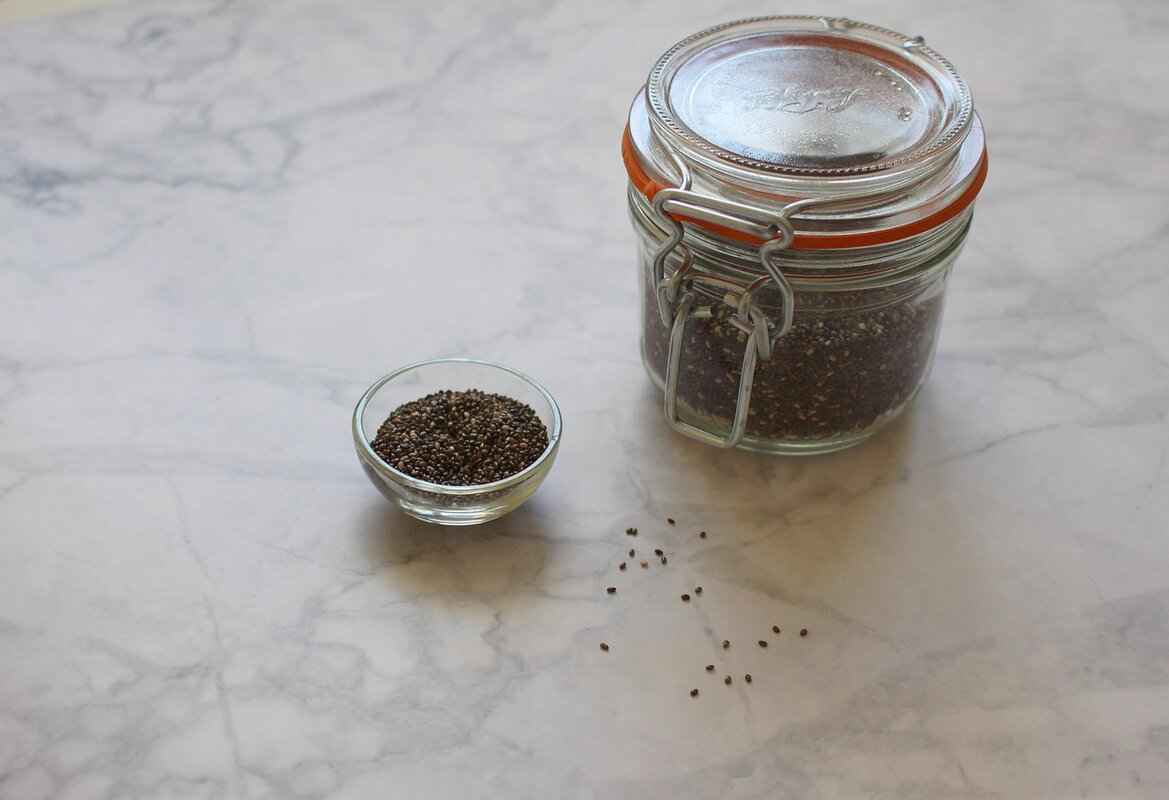
How to Choose the Right Location for Your Chia Seed Plant?
Choosing the right location for your chia seed plants is a fundamental step in ensuring their healthy growth and optimal yield. Chia seeds, known for their numerous health benefits, require specific environmental conditions to thrive. In this section, we will explore the essential factors to consider when selecting the perfect spot for your chia garden.
Why Is Location Important for Chia Seeds?
The location you select directly affects your chia plants’ growth, health, and productivity. Chia seeds thrive in warm and sunny environments, making it crucial to find a spot that receives ample sunlight throughout the day. Ideally, chia plants need at least 6 to 8 hours of direct sunlight daily to grow robustly.
Ideal Temperature for Chia Seed Growth
Chia seeds flourish in temperatures ranging from 70°F to 90°F (21°C to 32°C). Therefore, it’s essential to choose a location that maintains these temperatures, especially in the growing season. Areas that experience extreme cold or frost can hinder the growth of chia plants, so consider planting them in the spring after the last frost has passed.
Soil Drainage: A Key Factor
In addition to sunlight, the quality of the soil is another critical element. Chia seeds prefer well-drained soil to prevent root rot and other moisture-related issues. Sandy or loamy soils are ideal, as they allow excess water to drain away while retaining essential nutrients. Before planting, perform a soil test to ensure it meets the necessary pH levels (between 6.0 and 8.0) for optimal growth.
Wind Protection
Chia plants can grow quite tall, making them susceptible to wind damage. When selecting a location, consider areas that offer some protection from strong winds, such as near walls, fences, or other plants. This will help maintain the integrity of your chia plants as they grow.
Accessibility and Maintenance
Another aspect to consider is the accessibility of the chosen location. Ensure that the area is easy to reach for regular maintenance tasks such as watering, weeding, and harvesting. A convenient location will encourage you to care for your chia plants consistently, leading to better growth and yield.
Urban vs. Rural Settings
- Urban Settings: If you’re in a city, look for community gardens or rooftop spaces that receive plenty of sunlight.
- Rural Settings: Utilize open fields or your backyard, ensuring they are free from heavy shade and have good air circulation.
Conclusion
In summary, selecting the right location for your chia seed plants involves considering factors such as sunlight, temperature, soil drainage, wind protection, and accessibility. By paying attention to these elements, you can create an optimal environment for your chia plants to thrive, ensuring a bountiful harvest of these nutritious seeds.
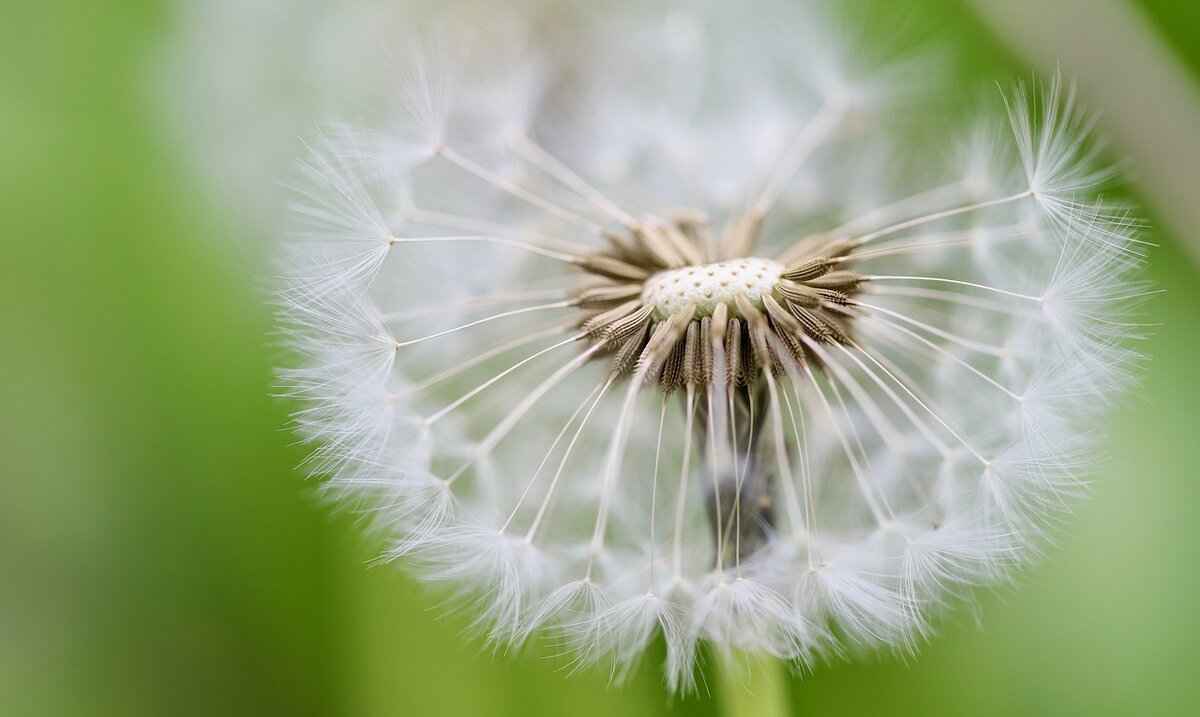
What Soil Conditions Are Ideal for Growing Chia Seeds?
Growing chia seeds can be a rewarding endeavor, especially when you understand the ideal soil conditions necessary for their growth. Chia plants thrive when their environmental needs are met, particularly in terms of soil quality. This section delves into the aspects of soil that can enhance the growth and yield of your chia plants.
Chia seeds flourish in well-draining soil that is rich in nutrients. The ideal soil composition consists of:
- Loamy Soil: A mix of sand, silt, and clay that provides excellent drainage and nutrient retention.
- Organic Matter: Incorporating compost or well-rotted manure can improve soil fertility and structure.
- pH Level: Chia plants prefer slightly acidic to neutral soil, with a pH range of 6.0 to 7.0. Testing your soil’s pH can help you make necessary amendments.
Nutrients play a crucial role in the growth of chia seeds. Essential nutrients include:
- Nitrogen: Vital for leaf growth and overall plant health.
- Phosphorus: Important for root development and seed production.
- Potassium: Helps in water regulation and improves disease resistance.
Conducting a soil test can help you determine nutrient levels and guide you in adding fertilizers as needed.
If your soil retains too much moisture, chia plants may suffer from root rot. To enhance drainage, consider the following methods:
- Adding Sand: Mixing sand into your soil can improve drainage while preventing compaction.
- Raised Beds: Planting chia in raised beds can facilitate better water runoff and aeration.
- Mulching: Using organic mulch can help retain moisture while allowing excess water to escape.
Chia seeds require consistent moisture, but overwatering can be detrimental. It’s essential to monitor soil moisture levels regularly. A simple way to check is by:
- Using a Soil Moisture Meter: This tool can give you an accurate reading of moisture levels.
- Finger Test: Insert your finger into the soil up to the second knuckle; if it feels dry, it’s time to water.
While preparing your soil, you may encounter some common issues:
- Compaction: Compacted soil restricts root growth. Aerating the soil can alleviate this problem.
- Weeds: Weeds compete for nutrients. Regularly clearing weeds can help your chia plants thrive.
- Salinity: High salt levels can hinder plant growth. Leaching the soil with water can help reduce salinity.
In summary, understanding the soil conditions for growing chia seeds is vital for a successful harvest. By ensuring well-draining, nutrient-rich soil with the right pH level, you set the stage for healthy chia plants that can yield an abundant supply of seeds. Regular monitoring and adjustments based on soil tests will further enhance your gardening success.
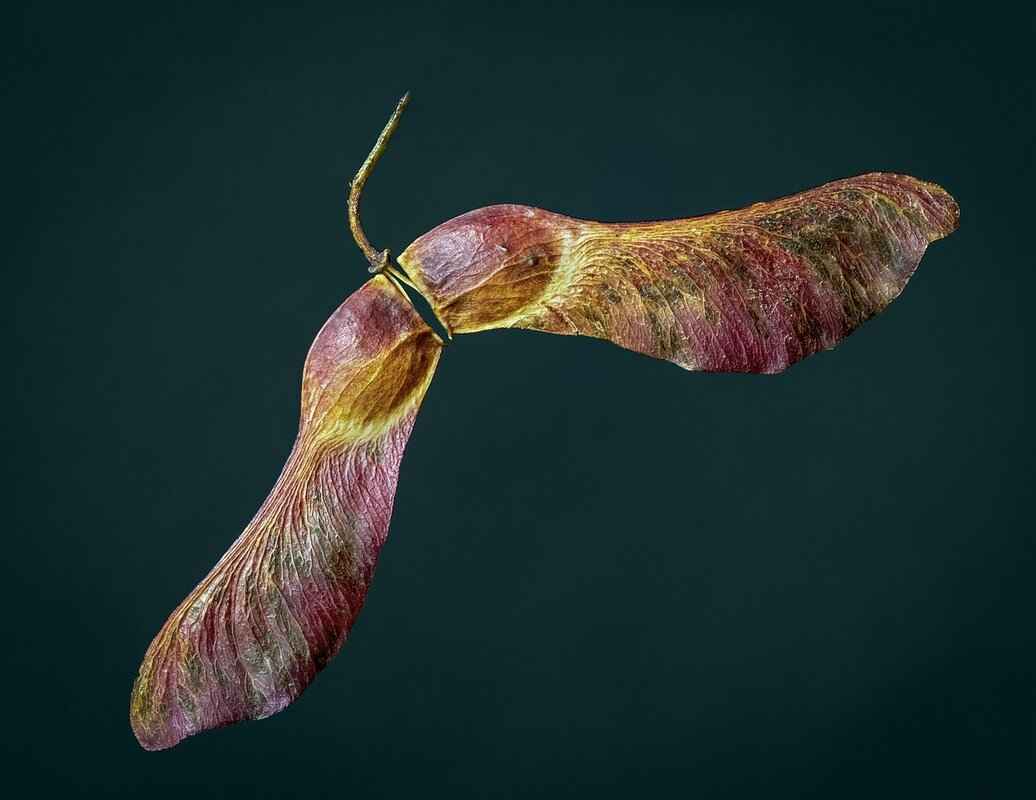
When Is the Best Time to Plant Chia Seeds?
Timing your planting is essential for optimal growth of chia seeds. These tiny, nutrient-rich seeds thrive in warm temperatures, making it crucial to understand the best times to plant them. By aligning your planting schedule with the natural climate conditions, you can significantly enhance your success rate in cultivating chia.
Chia seeds are typically planted in the spring once the danger of frost has passed. Ideal soil temperatures for planting range from 60°F to 70°F (15°C to 21°C). This temperature range allows the seeds to germinate effectively, leading to strong, healthy plants. If you live in a region with a shorter growing season, consider starting your seeds indoors or using seed trays to give them a head start before transferring them outdoors.
In most areas, the best planting time falls between April and June. During these months, the soil warms up, and the days become longer, providing the necessary sunlight for the chia plants to flourish. If you’re located in a warmer climate, you may even be able to plant in late winter or very early spring.
It’s also important to monitor the local weather patterns. Chia seeds prefer consistent warmth, so avoid planting during periods of unseasonably cold weather. If you notice a cold front approaching, it may be wise to delay your planting or use protective coverings to shield the seeds from chilly temperatures.
In addition to temperature, consider the moisture levels in your soil. Chia seeds require adequate moisture to germinate, but they are also sensitive to waterlogged conditions. Therefore, ensure that you plant when the soil is moist but not overly saturated. A well-draining soil mix will help achieve this balance.
For those interested in subsequent planting, chia can be sown again in late summer for a fall harvest, particularly in warmer climates. This staggered planting can extend your chia growing season, allowing for a more continuous supply of seeds.
In summary, the best time to plant chia seeds is during the warm months of spring, ideally between April and June, when the soil temperature is optimal, and frost is no longer a threat. By paying attention to local climate conditions and soil moisture levels, you can ensure a successful planting experience that leads to a bountiful chia harvest.
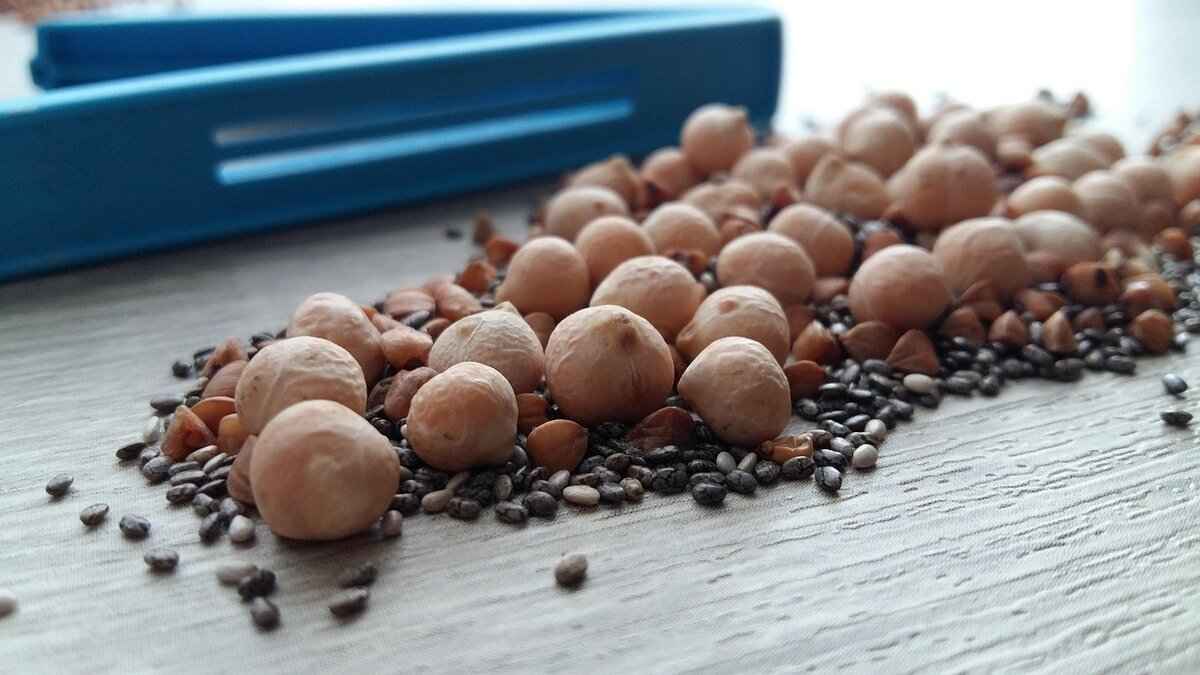
How to Plant Chia Seeds: Step-by-Step Guide?
Planting chia seeds is an exciting endeavor that can lead to a bountiful supply of nutritious seeds right from your garden. This step-by-step guide will walk you through the entire process, ensuring that you achieve a successful start for your chia garden.
Before you plant your chia seeds, it’s important to prepare them properly. Begin by soaking the seeds in water for about 30 minutes. This process helps to activate their germination and can enhance growth. After soaking, drain the excess water and allow the seeds to dry slightly before planting.
Chia plants thrive in warm, sunny environments. Choose a location that receives at least 6 to 8 hours of sunlight daily. Ensure the area has well-drained soil to prevent waterlogging, which can harm the seedlings.
The ideal soil for chia seeds is rich in nutrients and has a pH level between 6.0 and 8.0. You can enhance your soil by mixing in organic compost or well-rotted manure. This addition not only improves drainage but also provides essential nutrients for your chia plants.
Once your soil is prepared, it’s time to plant. Scatter the chia seeds evenly across the soil surface at a depth of about 1/4 inch. You can also create small furrows to place the seeds in, ensuring they are spaced about 12 inches apart to allow for growth.
After planting, water the area gently but thoroughly. It’s crucial to keep the soil moist, especially during the germination phase, which typically takes 7 to 14 days. Avoid overwatering, as this can lead to seed rot.
As your chia plants grow, they will require ongoing care. Regularly check the moisture level of the soil and water as needed. Additionally, consider using a light fertilizer every few weeks to support their growth. Monitor for any signs of pests or diseases, which can be managed through organic solutions.
Once the seedlings reach about 2 inches in height, it’s important to thin them out. This means removing the weaker plants to allow the stronger ones to thrive. Aim for a spacing of about 12 inches between each plant.
After approximately 3 to 4 months, your chia plants will begin to flower, and eventually, the seeds will mature. To harvest, cut the stems when the seed pods turn brown and dry. Place them in a paper bag to finish drying, then shake the bag to release the seeds.
By following these steps, you can successfully plant and cultivate chia seeds, enjoying the benefits of this superfood right from your garden. Happy planting!
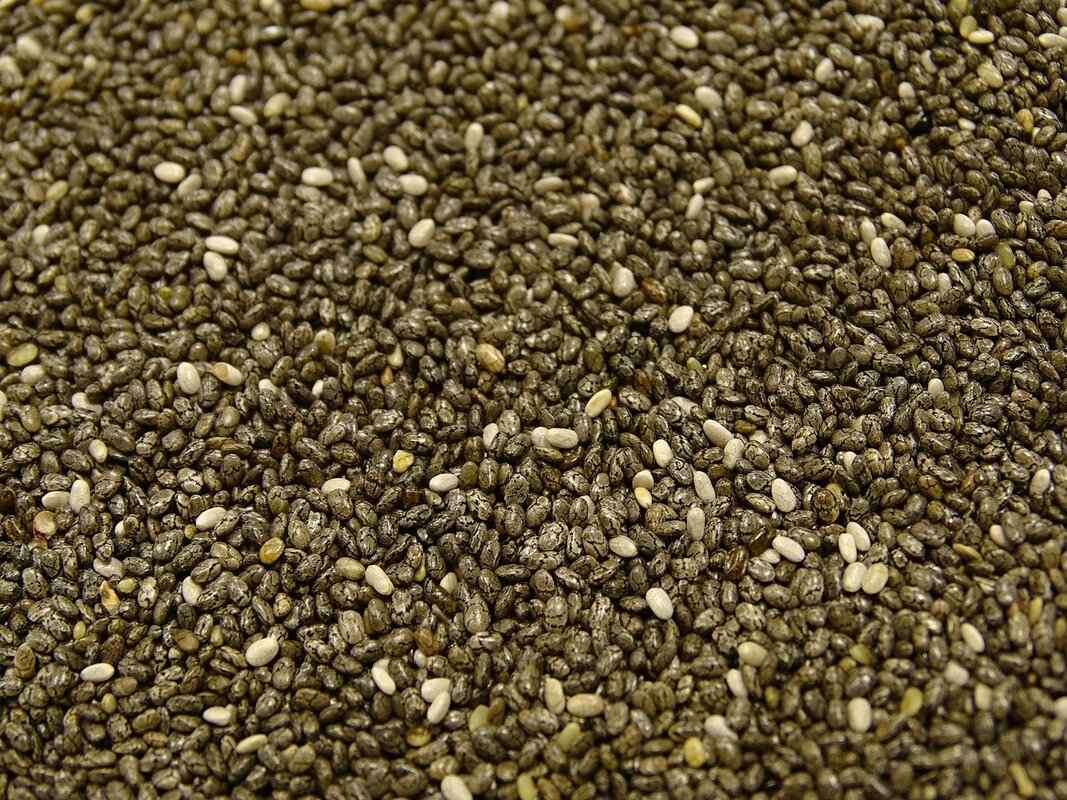
How Much Water Do Chia Seed Plants Need?
Chia seed plants, known for their resilience and nutritional benefits, require careful attention to their watering needs. Proper hydration is essential for their growth and development, making it crucial for gardeners to understand how much water these plants truly need.
Chia plants thrive in warm, sunny environments, but their water requirements can vary based on several factors, including climate, soil type, and growth stage. Generally, chia plants need about 1 to 2 inches of water per week, either from rainfall or irrigation. However, this can fluctuate depending on the conditions they are grown in.
It’s important to recognize the signs of both overwatering and underwatering. Overwatered chia plants may exhibit yellowing leaves, wilting, or root rot, while underwatered plants may show signs of stunted growth and dry, crispy leaves. Monitoring the soil moisture is vital to ensure your chia plants receive the right amount of water.
- Check Soil Moisture: Before watering, use your finger to check the top inch of soil. If it feels dry, it’s time to water.
- Water Deeply: When you water, ensure you do so deeply to encourage strong root development. Watering less frequently but more thoroughly can promote healthier plants.
- Adjust Based on Weather: During hotter months, chia plants may require more frequent watering, while cooler, rainy periods may necessitate less.
Using proper watering techniques can significantly impact the health of your chia plants. Drip irrigation systems or soaker hoses can provide consistent moisture levels without the risk of overwatering. Alternatively, watering early in the morning allows plants to absorb moisture before the heat of the day.
As chia plants are typically grown in warm seasons, understanding the seasonal changes in water needs is crucial. In the spring and summer, when temperatures rise, chia plants may need more frequent watering. Conversely, in the fall, as temperatures drop, their water requirements will decrease.
In summary, understanding the water requirements of chia plants is essential for successful cultivation. By implementing best practices and adjusting your watering routine based on environmental factors, you can help ensure your chia plants remain healthy and productive.

What Are Common Pests and Diseases Affecting Chia Plants?
Chia plants are generally resilient, but like any crop, they are not immune to various pests and diseases. Understanding these threats is essential for maintaining a healthy chia garden. Early identification and management can significantly mitigate risks and enhance your crop yield. In this section, we will delve into the most common pests and diseases that can affect chia plants and explore effective strategies for prevention and control.
- Aphids: These small, sap-sucking insects can cause significant damage by weakening the plants and transmitting viruses. Regular monitoring and introducing beneficial insects like ladybugs can help control their population.
- Spider Mites: Often found in dry conditions, spider mites can create webbing on leaves and cause yellowing. To combat them, maintain adequate humidity and use insecticidal soap as needed.
- Whiteflies: These pests also suck the sap from the plants and can lead to yellowing and stunted growth. Monitoring plants closely and using sticky traps can help manage whitefly populations.
- Cutworms: These larvae can cut young plants at the soil line. Implementing preventive measures such as using collars around seedlings can protect them from cutworm damage.
- Powdery Mildew: This fungal disease appears as a white powdery substance on leaves and can hinder photosynthesis. To prevent powdery mildew, ensure proper spacing for air circulation and avoid overhead watering.
- Root Rot: Caused by overwatering and poorly drained soil, root rot can lead to plant wilting and death. To prevent this, ensure your chia plants are in well-draining soil and monitor watering practices closely.
- Downy Mildew: This disease thrives in cool, moist conditions and can cause yellowing and wilting of leaves. Using resistant varieties and practicing crop rotation can help reduce the incidence of downy mildew.
- Fusarium Wilt: This soil-borne fungus can cause yellowing and wilting as it attacks the vascular system of the plant. Crop rotation and planting disease-resistant varieties are effective prevention methods.
To protect your chia plants from these pests and diseases, it’s crucial to implement a proactive management strategy. Regular inspection of your plants can help you spot issues early. Consider integrating organic pest control methods such as neem oil or insecticidal soap, which are less harmful to beneficial insects and the environment.
Additionally, maintaining healthy soil and practicing good cultural techniques can bolster plant resilience. Companion planting with herbs like basil or marigold can also deter pests naturally. By staying vigilant and informed, you can effectively safeguard your chia crop, ensuring a healthy and bountiful harvest.
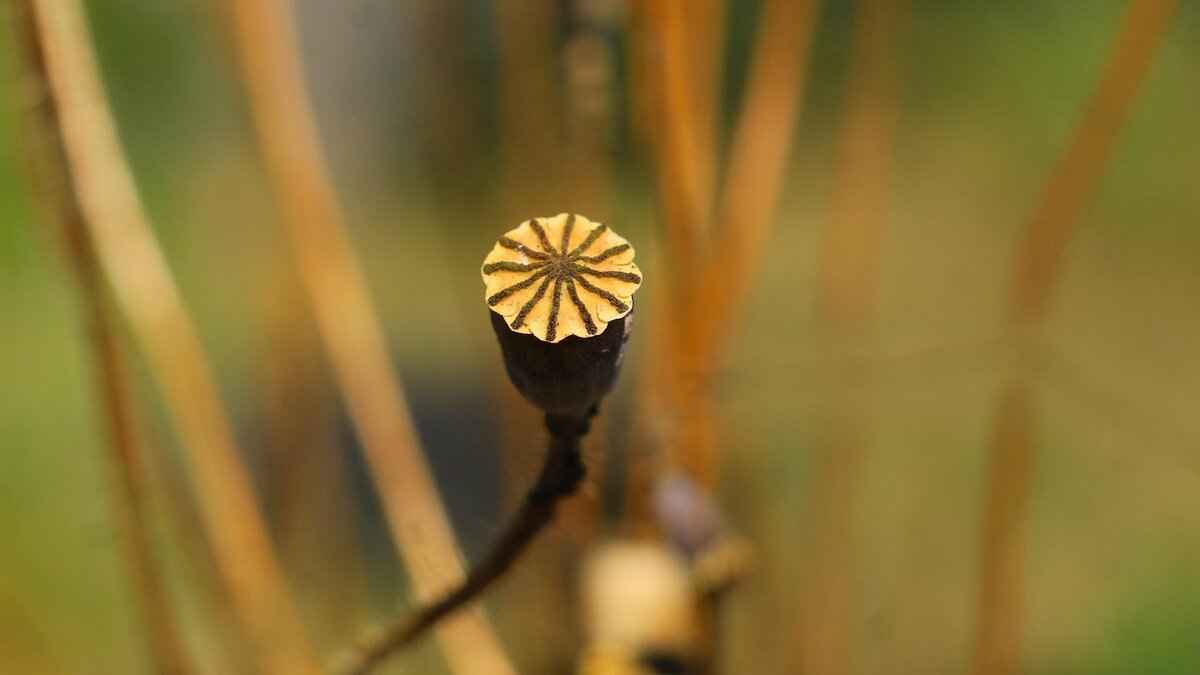
How to Harvest Chia Seeds for Maximum Yield?
Harvesting chia seeds at the right time is crucial for maximizing yield and ensuring the best quality seeds. Knowing when to harvest can be the difference between a bountiful crop and a disappointing one. In this section, we will explore the signs that indicate your chia plants are ready for harvest, along with practical tips to ensure you get the most out of your chia crop.
Recognizing the Right Time to Harvest
Chia plants typically take about 3 to 4 months to mature after planting. One of the primary indicators that your chia plants are ready for harvest is the color of the flowers. When the flowers turn from vibrant purple or blue to a dull brown, it signals that the seeds have matured. Additionally, the seed heads should feel dry to the touch. If you notice any green parts remaining, it’s best to wait a little longer.
Checking Seed Readiness
Another effective method to determine if your chia seeds are ready for harvest is to check the seeds themselves. Gently rub the seed heads between your fingers. If the seeds easily fall out and are firm to the touch, they are ready to be harvested. If they are still soft or sticky, it’s an indication that they need more time on the plant.
Harvesting Techniques
When it’s time to harvest, it’s essential to do so carefully to avoid losing seeds. Here’s a simple step-by-step guide:
- Use sharp scissors or garden shears to cut the seed heads from the plant.
- Collect the seed heads in a container, ensuring you handle them gently to prevent seed loss.
- Once harvested, place the seed heads in a dry, well-ventilated area to fully dry out.
Post-Harvest Processing
After the seed heads have dried, it’s time to remove the seeds. You can do this by gently rubbing the seed heads between your hands or using a screen to sift out the seeds. Ensure that you remove any chaff or debris, as this will help maintain the quality of your chia seeds.
Storage for Longevity
Once harvested, proper storage of chia seeds is vital to preserve their nutritional value. Store the seeds in a cool, dark place in an airtight container. This will help prevent moisture and light from degrading the seeds, allowing you to enjoy your home-grown chia for months to come.
By following these guidelines, you can ensure that you harvest your chia seeds at the optimal time, maximizing both yield and quality. Happy harvesting!
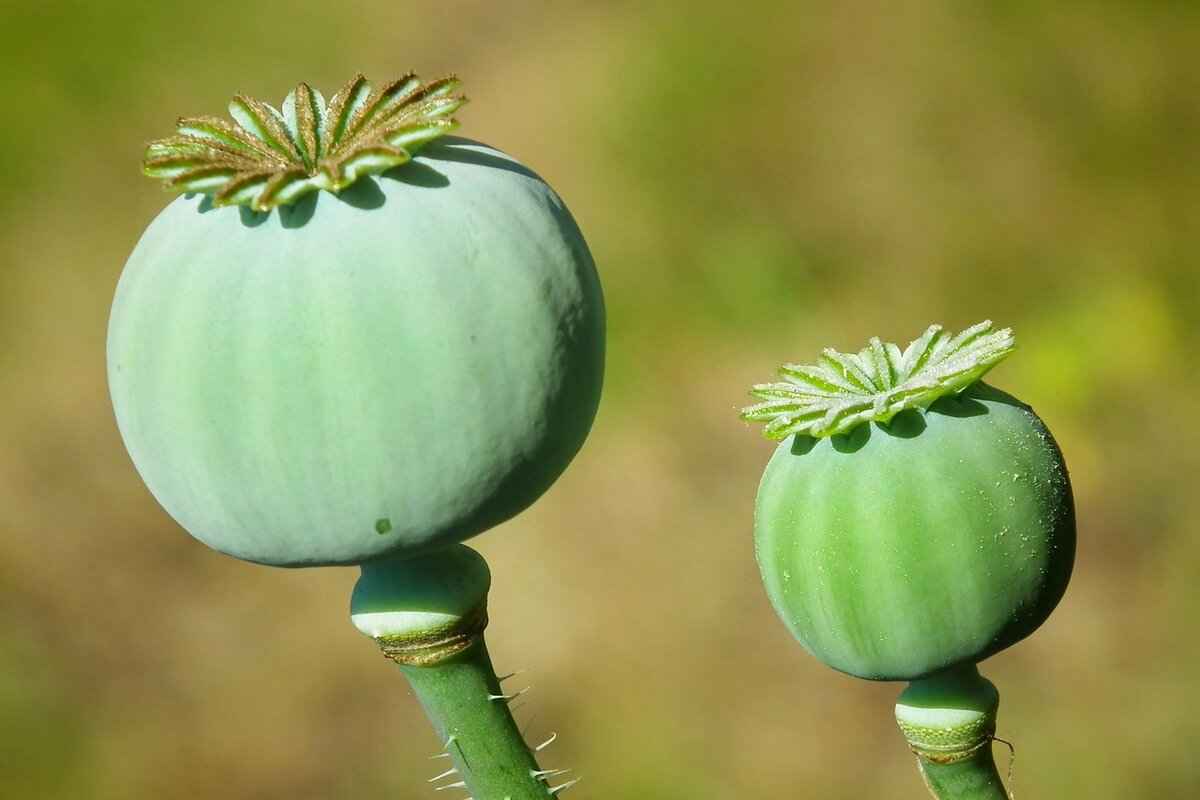
How to Store Chia Seeds After Harvesting?
Proper storage of harvested chia seeds is vital for maintaining their freshness and nutritional value. Once you have successfully harvested your chia seeds, it’s essential to follow best practices to ensure they remain viable for future planting or consumption. Here are some effective methods to store your chia seeds:
- Choose the Right Container: Use airtight containers made of glass or high-quality plastic. This helps to prevent moisture and air from degrading the seeds. Avoid using paper or cardboard, as these materials can absorb moisture.
- Keep Them Cool: Store your chia seeds in a cool, dark place. A temperature range of 50-70°F (10-21°C) is ideal. Avoid areas that experience temperature fluctuations, such as near ovens or windows.
- Avoid Direct Sunlight: Exposure to sunlight can lead to the degradation of the seeds. Ensure your storage area is dark or use opaque containers to block out light.
- Control Humidity: High humidity can cause chia seeds to sprout or mold. Consider using silica gel packets in your storage container to absorb excess moisture.
- Label and Date: Always label your containers with the harvest date. This practice helps you keep track of how long the seeds have been stored, allowing you to use older seeds first.
Additionally, if you plan to store chia seeds for an extended period, consider refrigeration. Chia seeds can last up to two years when stored in the fridge, maintaining their nutritional integrity. Just ensure they are in an airtight container to prevent moisture absorption.
When it comes to using stored chia seeds, always check for any signs of spoilage, such as an off smell or unusual texture. If the seeds appear to be compromised, it’s best to discard them to avoid any health risks.
By following these best practices, you can ensure that your harvested chia seeds remain fresh and ready for use, whether for planting or as a nutritious addition to your diet. Proper storage not only preserves their nutritional benefits but also enhances your overall gardening experience.
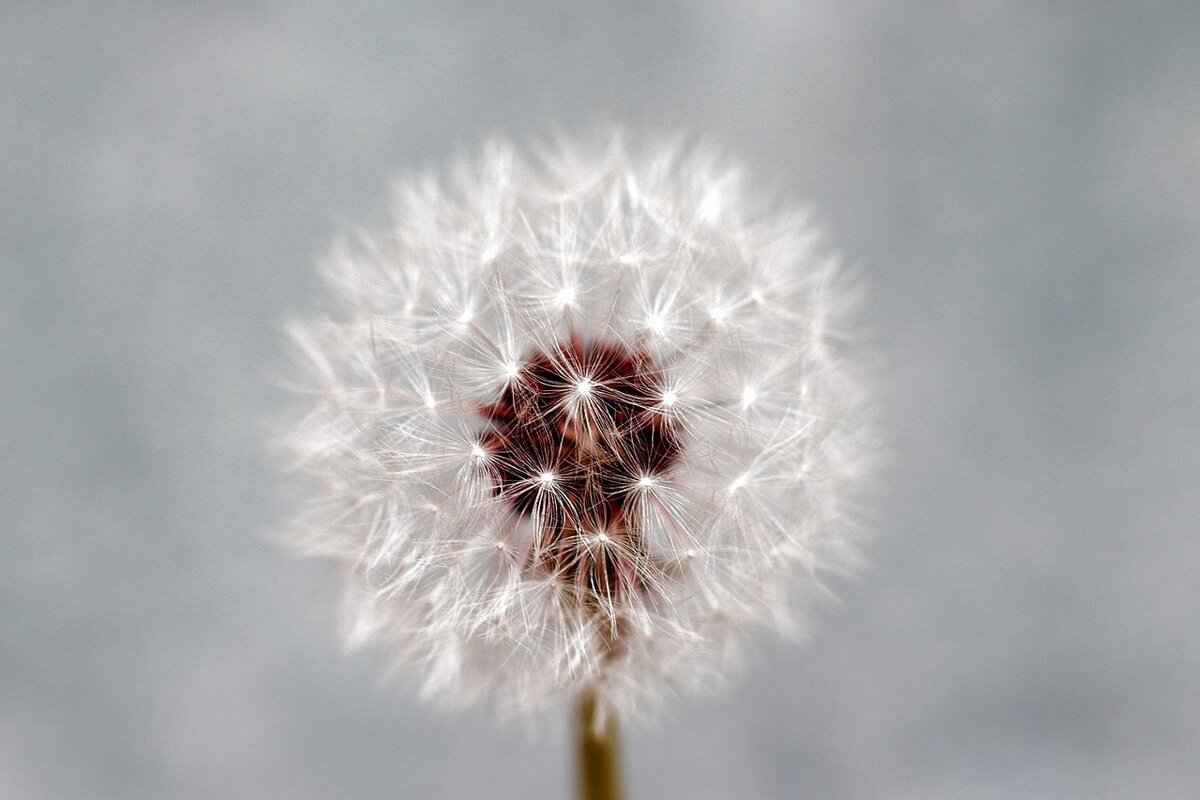
Can You Grow Chia Seeds Indoors? Tips and Tricks?
Growing chia seeds indoors is not only feasible but can also be a rewarding endeavor for those with limited outdoor space. With the right conditions and care, you can enjoy the benefits of fresh chia seeds right from your home. This section provides practical tips and essential tricks to make indoor chia gardening accessible to everyone.
To successfully grow chia seeds indoors, it’s important to start with a few fundamental requirements. Chia seeds thrive in warm, sunny conditions, so selecting a suitable location within your home is crucial. A south-facing window is ideal, as it provides ample sunlight, which is vital for the growth of your chia plants.
When growing chia seeds indoors, the choice of container can significantly impact their growth. Use pots with good drainage holes to prevent waterlogging. A standard pot with a diameter of at least 6-8 inches is recommended. You can also consider using seedling trays if you’re starting with a larger batch of seeds.
Chia seeds prefer well-draining, nutrient-rich soil. A mix of potting soil and perlite or sand can create the ideal environment for your chia seeds to flourish. This combination ensures that the roots receive adequate oxygen while retaining necessary moisture.
Watering is a crucial aspect of indoor chia cultivation. Chia seeds require consistent moisture, but it’s important to avoid overwatering. A good rule of thumb is to water when the top inch of soil feels dry. Using a spray bottle can help maintain the right moisture levels without saturating the soil.
Chia plants thrive in bright light, so ensuring they receive at least 6 hours of direct sunlight daily is essential. If natural light is limited, consider using grow lights to supplement their light needs, especially during the shorter days of winter.
While chia plants are not heavy feeders, providing them with a mild, balanced fertilizer once every few weeks can promote healthy growth. Look for organic options to ensure that your chia plants are growing in a safe and sustainable manner.
Indoor plants can still fall prey to pests such as aphids and spider mites. Regularly inspecting your plants and maintaining good air circulation can help prevent infestations. Should you notice any pests, using a mild insecticidal soap can effectively manage the problem.
Once your chia plants bloom, they will begin to produce seeds. Harvest them when the flowers turn brown, and the seed pods feel dry. Store the seeds in a cool, dark place in an airtight container to maintain their freshness and nutritional value.
In conclusion, with the right conditions and care, growing chia seeds indoors can be a fulfilling project. By following these tips and tricks, you can enjoy the health benefits of chia seeds while cultivating a beautiful indoor garden.
Frequently Asked Questions
- What are chia seeds?
Chia seeds are tiny, nutrient-rich seeds derived from the Salvia hispanica plant. They’re packed with omega-3 fatty acids, fiber, and antioxidants, making them a powerhouse for health enthusiasts.
- How much sunlight do chia plants need?
Chia plants thrive in warm, sunny locations. Ideally, they need at least 6 hours of direct sunlight each day to grow strong and healthy.
- What type of soil is best for chia seeds?
Chia seeds flourish in well-draining, nutrient-rich soil with a pH level between 6.0 and 8.0. Good soil composition is crucial for optimal growth.
- When should I plant chia seeds?
The best time to plant chia seeds is during the warm months, ideally when temperatures are consistently above 70°F (21°C). This encourages robust growth.
- How often should I water my chia plants?
Chia plants need moderate watering. It’s important to keep the soil moist but not soggy. Overwatering can lead to root rot, while underwatering can stress the plants.
- Can chia seeds be grown indoors?
Yes! You can successfully grow chia seeds indoors as long as you provide adequate light and maintain the right temperature and moisture levels.
- How do I know when to harvest chia seeds?
Harvest your chia seeds when the flowers have dried and turned brown. The seeds will easily fall out when the flower heads are shaken.
- What is the best way to store chia seeds?
To maintain freshness, store harvested chia seeds in an airtight container in a cool, dark place. This helps preserve their nutritional value.


